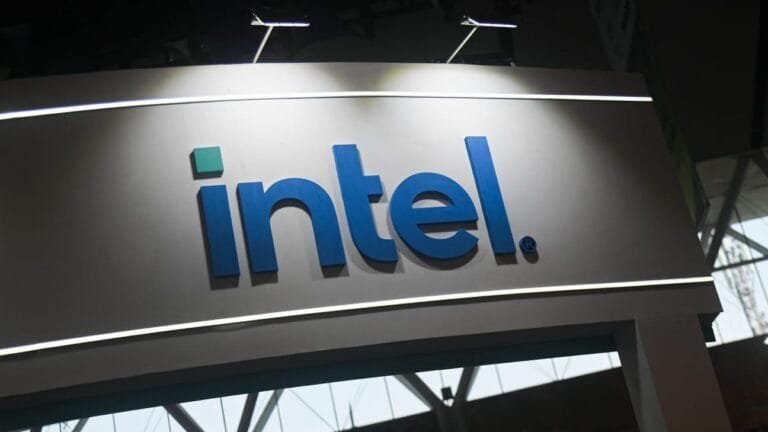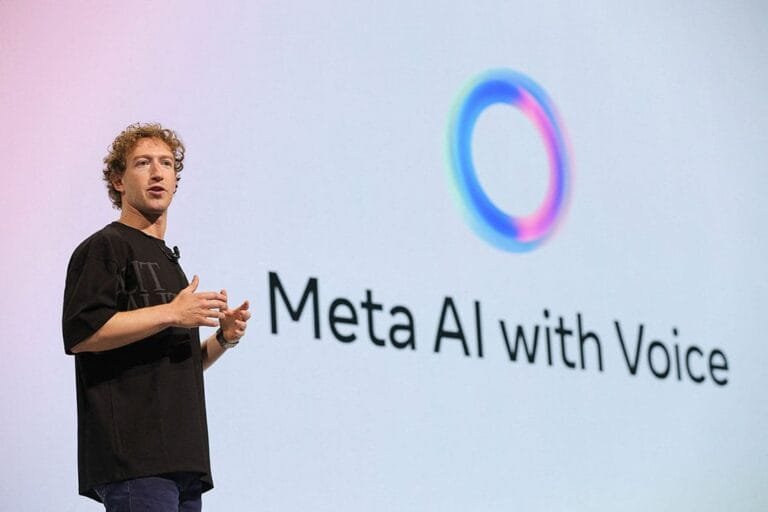
Despite billions spent on AI infrastructure like GPUs and data centers, revenue growth remains sluggish — a major challenge for the tech industry.
AI’s $600 billion dilemma Where is the real value?
Nowadays, Artificial Intelligence (AI) is everywhere. Investors are pouring billions of dollars into this field. Big tech companies and startups are competing in this race. In 2023 itself, companies spent $125 billion annually on AI infrastructure, and this figure is constantly increasing. Analysts estimate that this industry is heading towards an “inflection point” of $600 billion. But the question is, despite this huge investment, where is the real value of AI, and is this investment really generating as much revenue as expected?
This is AI’s $600 billion dilemma It is not just a financial figure but reflects a deeper question of whether we are getting caught up in the hype and investment craze of AI, when its real, tangible benefits are yet to be fully realised
The root of the problem is the imbalance of investment and revenue. Experts believe that there is a huge gap between the money spent on AI infrastructure and the revenue generated from AI.
AI Infrastructure Booms, But Revenue Lags Behind
While on the one hand there is huge investment in purchasing hardware like GPU (graphics processing unit) and building data centres, on the other hand, the expected revenue from AI-based products and services is still low Rising infrastructure expenditure AI models require tremendous computing power to train and run. For this, large-scale data centers are being built by companies like NVIDIA with expensive GPUs and cloud providers like Microsoft, Amazon, Google. There was a shortage of GPUs earlier but now they are becoming easily available. Even cloud providers have accumulated a large stock of them.
Lack of expected revenue Despite heavy investment in AI, many companies are yet to see big revenue directly from AI. Analysts like David Kahn estimate that even if big companies like Google, Meta, Apple and Microsoft bring in $10 billion of new AI revenue each and other companies like ByteDance or Tesla contribute $5 billion, there is still a $500 billion deficit. This is a “wake-up call”
GPU becoming a commodity and pressure on margins
GPUs are fast becoming a commodity in the AI infrastructure race. The entry of new AI cloud providers in the market is also increasing. This situation can reduce margins and lead to a decline in the value of hardware. Companies that are buying GPUs in large quantities may face a rapid decline in their value in the future.
The railroad analogy and investment volatility
Investors often use the “railroad analogy” in technology investing. It means that when a new and revolutionary technology comes out, companies that build the infrastructure receive a lot of investment in the early stages, but often the real value emerges from companies that use that infrastructure to create solutions for end users. For example, companies that build railway tracks make money initially but the real benefit goes to companies that transport freight or passengers on those tracks.
In the case of AI, GPU manufacturers and data center providers are “laying the tracks,” but those “downstream” companies will create the real value by using these AI capabilities to develop new applications and services that solve real problems for customers and generate revenue.
Where is the real opportunity? on AI’s $600 billion dilemma
Despite this dilemma, experts are optimistic about the long-term potential of AI. He believes that the real opportunity lies in the “downstream”, i.e. in creating innovative products and services using AI models and infrastructure Opportunities for startups. The fall in GPU compute prices is good news for startups. The cost of experimenting and creating something new is decreasing Founders who focus on real user value will succeed
Efficiency and innovation.
AI can bring efficiency and innovation to various industries for example. Thermal management More than 1000 buildings in Helsinki have reduced their heating energy consumption by 10-15% by using AI-based thermal management systems, saving millions of euros Cleaning services. AI can optimize the scheduling of cleaning services, leading to a 15-20% reduction in costs and up to 30% reduction in the use of chemicals and water Product testing AI can help in the development and testing of new products, catching problems early and saving time and money. Banking AI can help banks detect fraud and increase operational efficiency, saving billions of dollars
AI Adoption Challenges AI $600 billion dilemma
There are many challenges to the widespread adoption of AI and extracting its real value Data Quality and Availability AI models depend on data and poor quality, insufficient or biased data can lead to incorrect results Privacy and Security The use of AI raises data privacy and security concerns, especially when dealing with sensitive information. IT Infrastructure Integration Integrating AI into existing IT systems can be complex






